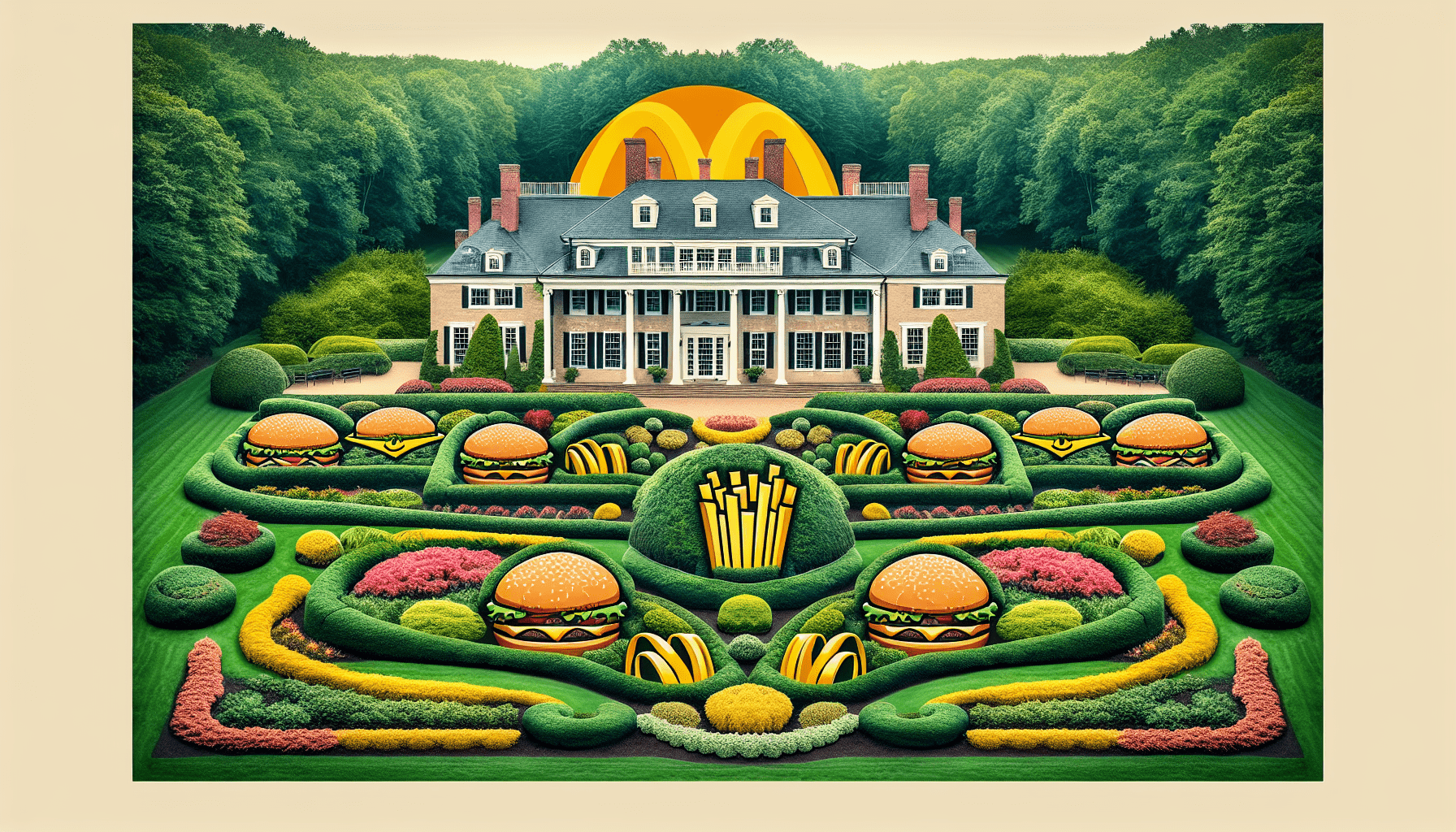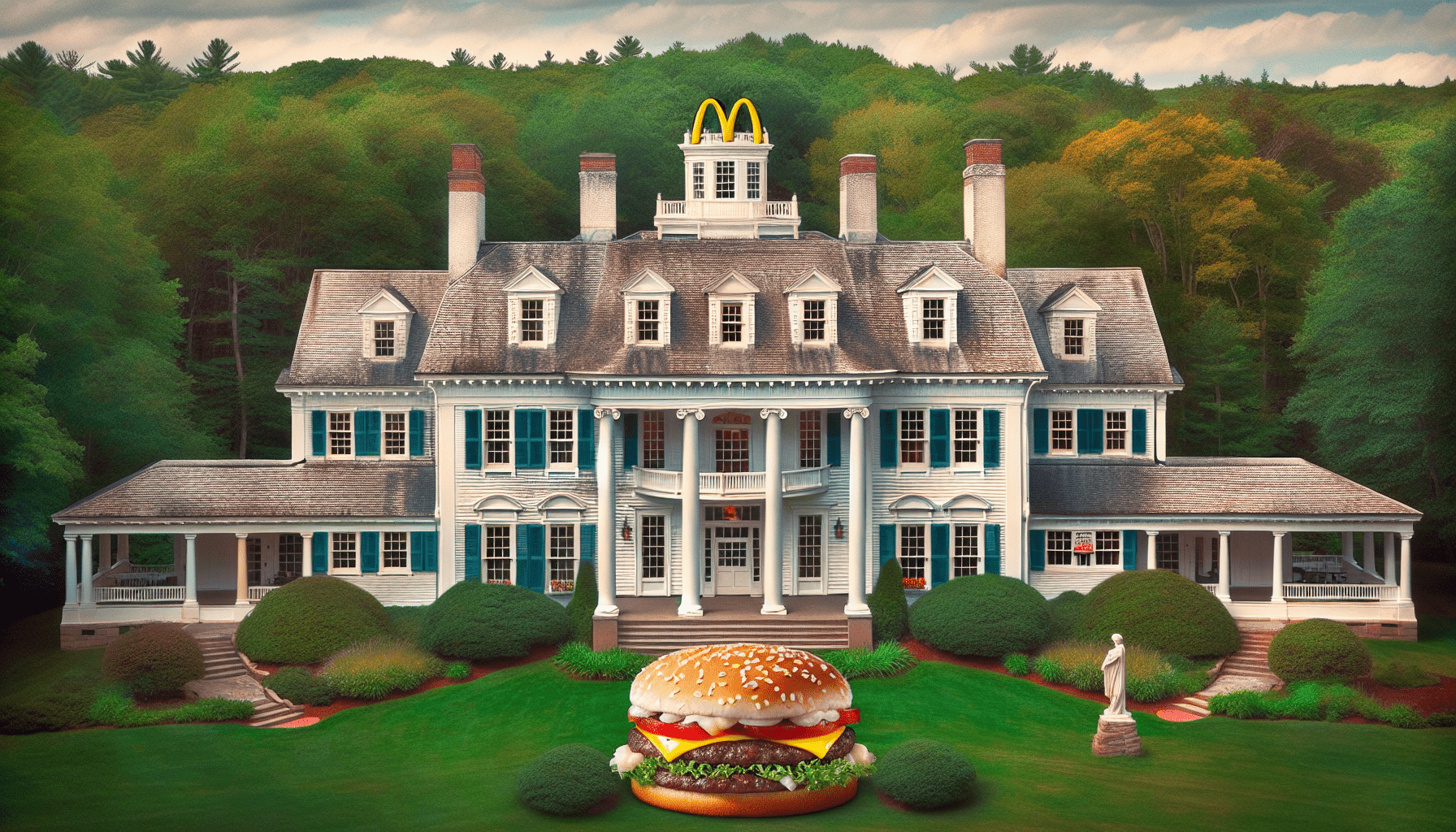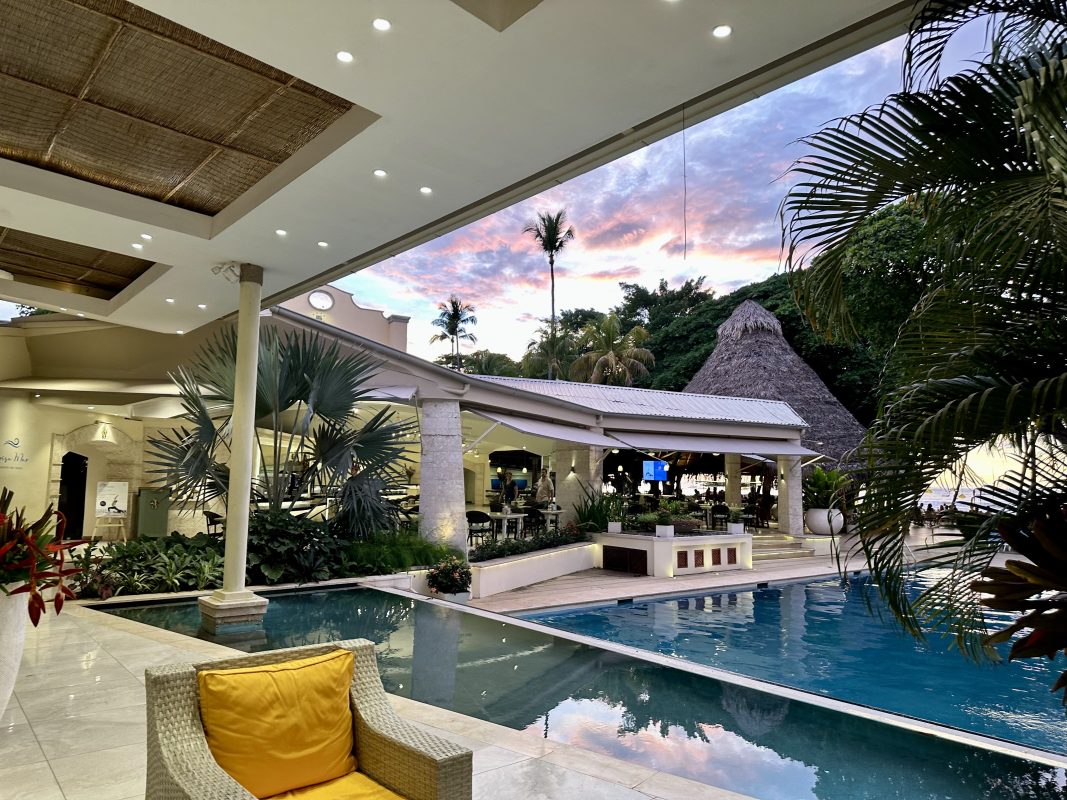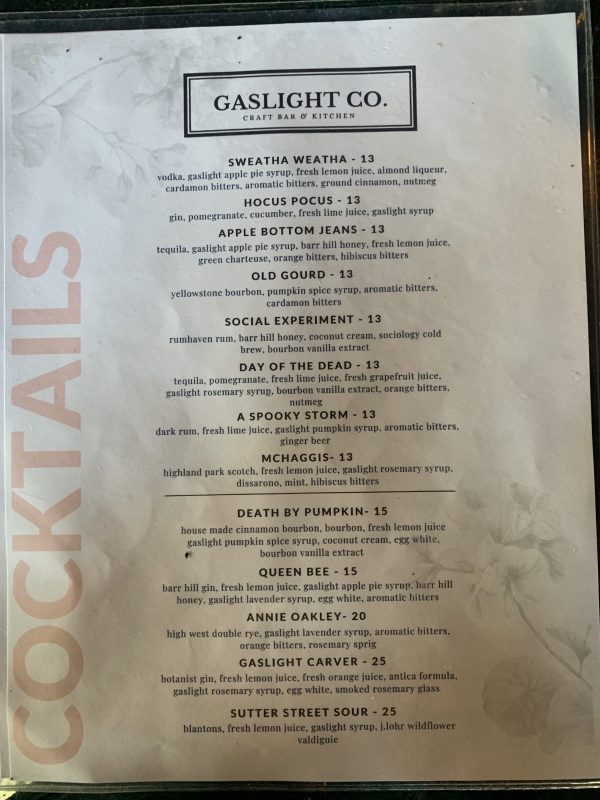In Freeport, Maine, McDonald’s faced a unique challenge when its iconic golden arches didn’t align with the town’s historic aesthetic. Instead of clashing with the local sensibilities, McDonald’s chose a creative approach by converting an 1850s-built mansion into a fast-food restaurant, while committing to preserve the architectural integrity of the Gore House. This compromise, unprecedented in its scale and attention to local standards, allowed McDonald’s to seamlessly integrate into the community. The outcome was a distinctive blend of Fast Food Americana with New England charm, demonstrating that even a global fast-food giant could adapt and respect regional traditions. Have you ever wondered what happens when a fast-food giant encounters resistance from a small, historic town? Well, it leads to some fascinating compromises and creative solutions. Sit back, relax, and let me tell you the unique story of how McDonald’s found its way into the charming town of Freeport, Maine, not by building a typical restaurant, but by thinking outside the box — or in this case, inside a mansion.

Get an Official Zagat Restaurant Guide
McDonald’s Faces Local Resistance
Sometimes, even the most well-known brands have to think on their feet. When you think of McDonald’s, you’re likely picturing the iconic golden arches and a modern, quick-serve restaurant. But in Freeport, Maine, things went a bit differently.
The Initial Pushback
Freeport, a town known for its rich history, picturesque streets, and landmark establishments like the Jameson Tavern, wasn’t too keen on seeing a McDonald’s pop up on its historic streets. Residents worried that a fast-food chain would blemish the aesthetic of their beloved town. Interestingly, the town doesn’t shy away from retail—it’s a shopping magnet, home to L.L. Bean’s flagship store and numerous outlet shops. Yet, McDonald’s golden arches were a bit too much for the residents.
A Town with Strict Aesthetic Standards
Freeport is not against commerce, but it has stringent aesthetic guidelines to preserve its cultural heritage. Imagine walking down a historic street full of colonial-era architecture only to find a modern fast-food restaurant breaking the visual harmony—that’s exactly what the residents wanted to avoid.
McDonald’s Unique Proposal
Determined not to abandon the idea of opening a restaurant in such a bustling retail town, McDonald’s put forward an unconventional solution that balanced their plans with the town’s aesthetic and historic demands.
A Historic Building Becomes an Opportunity
McDonald’s proposed to purchase and convert a historic building instead of constructing a new one. The building they had in their sights was the Gore House, a structure dating back to the 1850s. Constructed by William Gore, a local merchant, this building was more than just a house; it was a piece of history.
Negotiations and Compromises
After lengthy discussions and compromises, McDonald’s plan finally received approval. However, certain stipulations aimed at preserving the historic character of the Gore House were non-negotiable. The town agreed to the proposal, but only if McDonald’s respected the architectural integrity of the building, especially the exterior façade and forward-facing areas like the dining room.

Get an Official Zagat Restaurant Guide
The Renovation Process
Transforming a 19th-century building into a modern fast-food restaurant was no small feat. It required careful planning, meticulous craftsmanship, and an unwavering commitment to both preservation and functionality.
Balancing Old and New
Renovations kicked off in early 1984, and by December of the same year, the McDonald’s-in-a-mansion was open for business. The fast-food giant managed to incorporate all necessary modern amenities without distorting the historical appearance of the Gore House.
A Historical Commitment Kept
The preservation efforts extended beyond mere aesthetics. McDonald’s ensured that the core architectural elements of the structure—reflective of Colonial Federalist design—remained intact. They kept the exterior’s simplicity, avoiding any ornate Victorian flair which would have been historically inaccurate.
The Outcome
The Freeport McDonald’s turned out to be a win-win situation for both the fast-food giant and the town. It’s a rare example of how corporate needs can align with community values when there’s a willingness to compromise.
A Unique McDonald’s Experience
This McDonald’s offers a unique dining experience. It’s not just a place to grab a quick burger; it’s a venue where you can appreciate historical architecture while enjoying modern comforts. Dining rooms are set up to respect the building’s historic layout, making it feel more like a time-travel experience rather than just another meal.
Broader Implications
This wasn’t the first or last time McDonald’s had to adapt to local standards. Locations like Sedona, Arizona, have also demanded aesthetic adjustments. Each time, McDonald’s has shown that it’s willing to go the extra mile to integrate harmoniously into its surroundings.
Interesting Facts and Trivia
-
Architectural Style: The Gore House is primarily Colonial Federalist, characterized by its simplicity, symmetry, and classic proportions. It’s often mistakenly referred to as a Victorian mansion due to its age but lacks the ornate details typical of Victorian architecture.
-
Community Impact: The transformed McDonald’s has become a landmark in its own right, blending history and modernity in a way few other fast-food establishments have.
-
Cultural Sensitivity: McDonald’s careful renovation of the Gore House has been cited in various urban planning and architectural case studies as an example of successfully meeting commercial and cultural needs.
Why This Story Matters
In a world where fast-paced development often overshadows historical preservation, this story serves as an inspirational example of balance. It’s a testament to the power of community voice and corporate adaptability, showing that with a bit of creativity and negotiation, mutually beneficial solutions are possible.
A Lesson in Compromise
The Freeport McDonald’s illustrates that sometimes, the best solutions require us to meet halfway. While the town didn’t get the modern franchise-free landscape it might have envisioned, it did manage to integrate a piece of contemporary culture within its historic fabric seamlessly.
Future Implications
This story could set a precedent for future endeavors where big corporations wish to enter small, historic communities. The careful balance of preservation and modernization can serve as a model, proving that respecting history doesn’t have to mean stifling progress.
Conclusion
Who would have thought that a McDonald’s would end up being a significant cultural and historical landmark? By stepping away from their traditional model and embracing a more nuanced, community-focused approach, McDonald’s not only entered Freeport but also became part of its rich history. It’s an excellent example of how businesses can successfully blend into their surroundings, respecting and enhancing the local character.
So next time you find yourself in Freeport, Maine, take a moment to visit this one-of-a-kind McDonald’s. It’s not just a place for a quick bite; it’s a small piece of history, married perfectly with modern convenience—truly a must-see!






